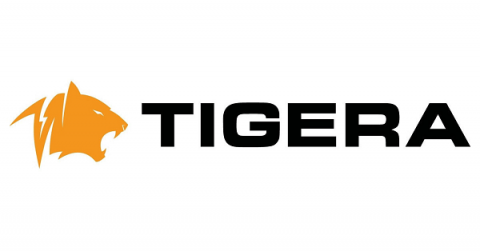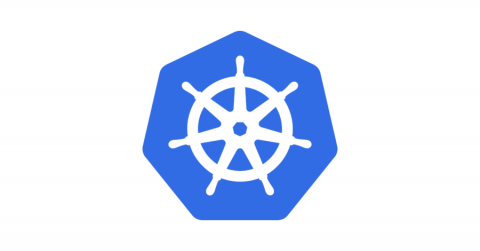kr8 - Configuration Management for Kubernetes Cluster
This article originated from http://leebriggs.co.uk///blog/2018/11/07/kr8-kubernetes-config-mgmt.html Previous visitors to this blog will remember I wrote about configuration mgmt for Kubernetes clusters, and how the space was lacking. For those not familiar, the problem statement is this: it’s really hard to maintain and manage configuration for components of multiple Kubernetes clusters.





